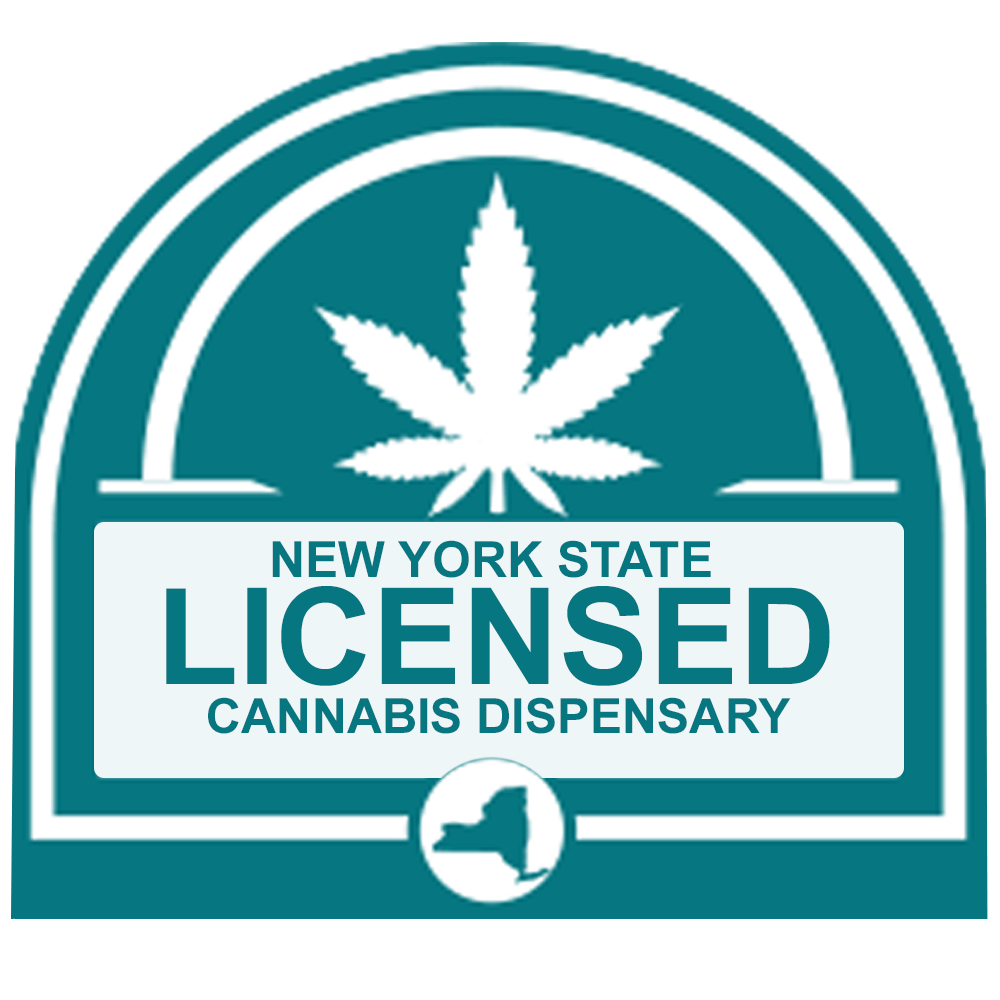When it comes to determining what the perfect pre-roll is, we consider the entire smoking experience: Smokability, terpene and flavor profile of the flower, consistency, and lastly, is the weed exceptional?
Smokability: When the joint burns and is harsh on your throat and makes you cough while smoking it, it’s not a good pre-roll. In fact, it’s not good weed. Many people consider white ash to be ideal while smoking a joint.
Flavor/Terpene Profile: Flower can look and smell great in its package, but when you hit the joint, those terpenes can deliver a grassy, burnt hair, or even cardboard taste that makes you ask yourself, “Why did I just drop $20 on a joint?” The best quality preroll should give both distinct and subtle flavors that are unique and dynamic to that particular strain.
Consistency: If you purchase a strain from a particular brand today and then again months later, will the quality, smokability and terpene flavor profile be as good as you remember?
If you buy different strains from a particular brand, will there be great experiences when it comes to liking the flower and pre-rolls?
If a particular brand only uses trim and shake for its pre-rolls, the answer is an automatic “No.” Only full-flower joints will do!
Lastly, is the weed exceptional? When the combination of the smoking, terpenes, flavor, and effects come together, are you impressed? That’s all that really matters when deciding if you’re going to go back to that brand and buy that preroll or flower strain again.
